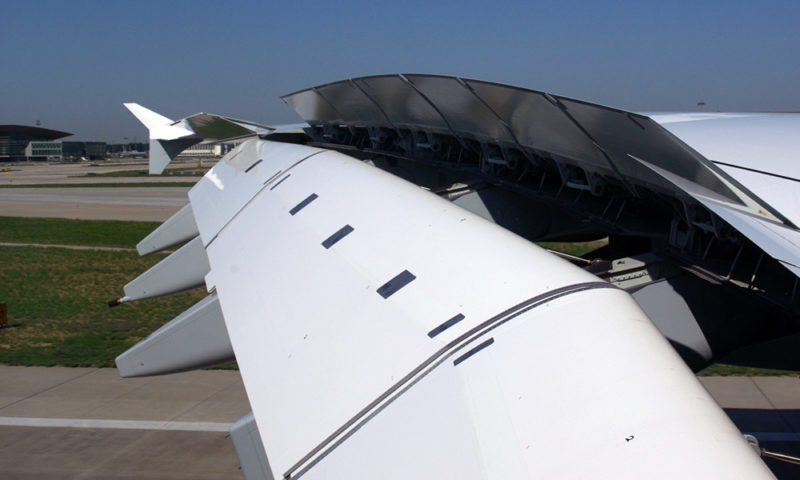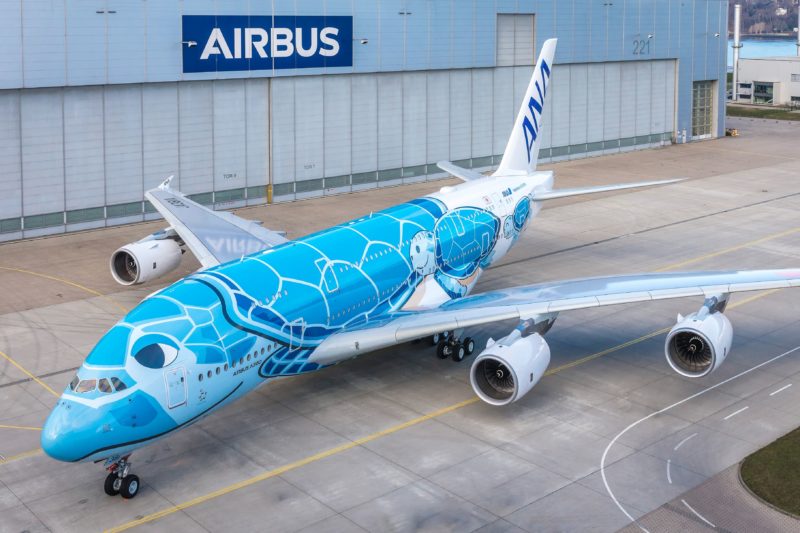The European Union Aviation Safety Agency (EASA) has issued a new airworthiness directive (AD) for operators of the Airbus A380. Therefore, the operators were instructed to check for cracks in the trailing-edge and trailing-edge devices.
This AD was prompted after several reports of cracks in the wing trailing edge (TE) devices, left hand (LH) and right hand (RH) sides, of in-service A380 airplanes.

Subsequently this unsafe condition, if not addressed, could lead to in-flight loss of parts located in the TE along with damages to the aircraft and result in a loss of control.
For compliance, the operators must do repetitive detailed inspections (DET) or high-frequency eddy current (HFEC) inspections of the wing TE and TE devices and, depending on findings, an accomplishment of applicable corrective actions.
The detailed inspections of the TE need to be carried out within 147 months of the A380’s date of manufacture, then at six-year intervals.
Airbus has addressed the situation with service bulletins, covering inspection instructions for various locations and modifications to achieve design service targets.

The EASA directive includes a list with 30 structures for inspection, with individual service bulletins identifying the specific A380 airframes to which they apply. This list includes ribs, actuator brackets and actuator clevis assemblies at a number of spoiler locations.
EASA’s proposed directive mentions that several of the structures are “made from 7449”. Airbus has previously experienced a wing component cracking issue which involved an aluminium alloy known as type 7449, an issue which resulted in an extensive retrofit program and the use of a more robust alloy.


